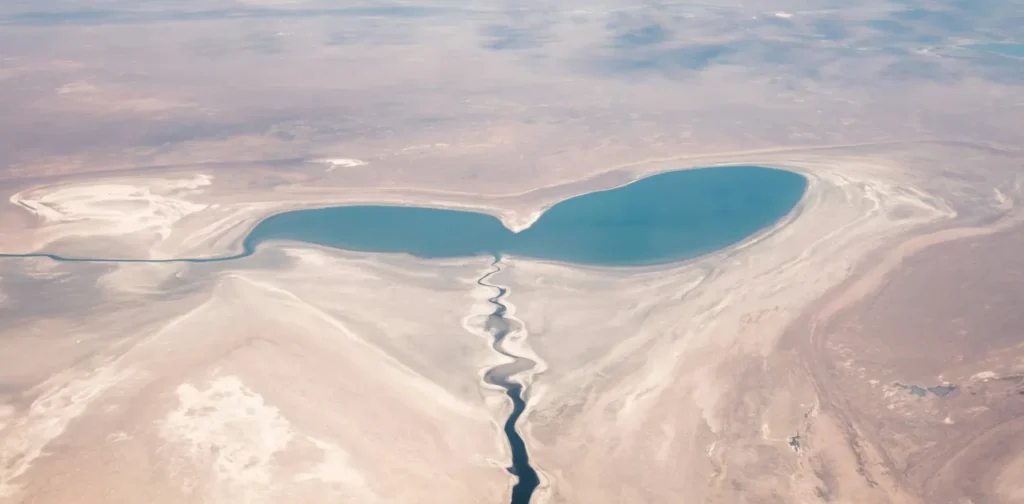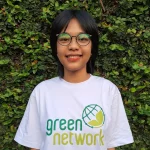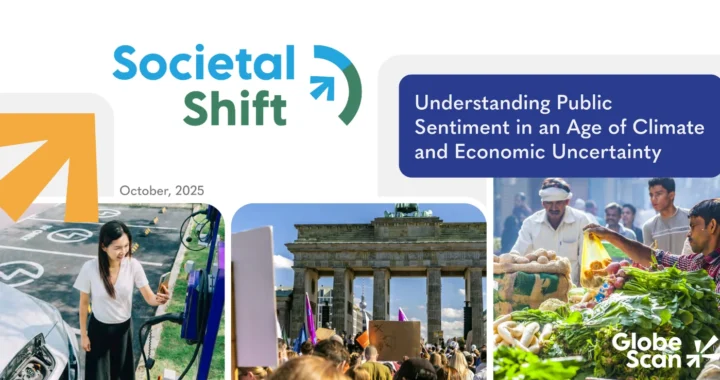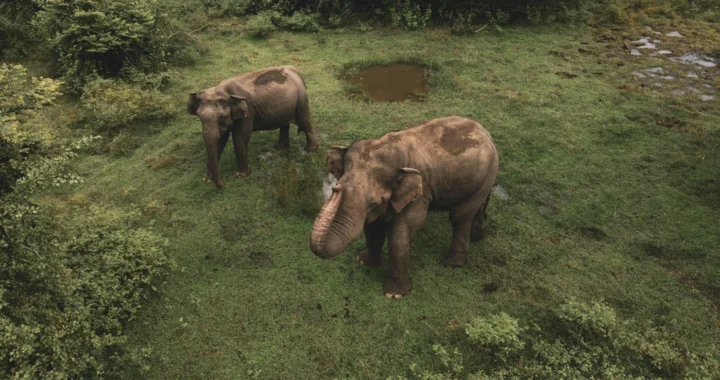Restoring Aral Sea’s Dried-Up Ecosystem

Photo: Patrick Schneider on Unsplash.
Overexploitation of natural resources can completely alter an ecosystem to the point of destruction. In Central Asia, the dried-up Aral Sea presents an example of severe environmental degradation, which has affected the lives of many. The good news is that the rehabilitation process is in progress.
The Drying Lake
The Aral Sea was once the fourth-largest continental water body in the world. Located between Kazakhstan and Uzbekistan, this freshwater lake originally spanned 68,000 sq km and went 40 meters deep.
The decline began in the 1960s due to the overharvesting of the rivers that fed the lake for large-scale irrigation, particularly in cotton production. As a result, the Aral Sea suffered from rapid shrinkage and increased salinity until it dried up in the 2010s. What is left is a barren land where no water flows, and plants are difficult to grow.
Communities around the lake were greatly affected by a lack of water sources. Both Kazakhstan and Uzbekistan are landlocked countries, which means accessing water can be incredibly challenging. Additionally, the dried-up terrain released 80-100 million tons of dust every year, causing respiratory diseases and other public health issues for the surrounding communities.
Aral Sea Restoration Efforts
Fortunately, not all hope is lost. From governments to organizations, many have been trying to gradually bring the Aral Sea back to life.
One example is planting certain types of vegetation to combat desertification. Under the Aral Sea Environmental Project in Kazakhstan, a team of ecologists has been planting black saxaul trees in the North Aral Sea region to help contain dust and improve resiliency against climate change. The trees can withstand the relatively harsh environment, and their roots can hold up to 4,000 kilograms of sand.
Similar measures have also been implemented by researchers from the United Nations Development Programme (UNDP) while also observing other existing vegetation that can thrive in such an environment, such as juzgun, sand acacia, sea buckthorn, and various species of willow. Beyond introducing new vegetation, the UNDP also found that water sources exist below the dried-up areas, going as far as 490 meters underground. Still, the water must go through a desalination process before being consumed.
Restorations and Responsibilities
The natural environment provides us with the necessary resources to live. Aral Sea’s rehabilitation progress signifies that ecosystem restoration projects are possible, and more support is required to create a widespread impact.
As the global population grows and the demand for goods increases, it is even more crucial that we do not sacrifice biodiversity and ecosystems to accommodate those needs. Safeguarding nature’s right to exist and thrive is how we can secure a better future for the next generations.
Editor: Nazalea Kusuma

Join Green Network Asia Membership
Amidst today’s increasingly complex global challenges, equipping yourself, team, and communities with interdisciplinary and cross-sectoral insights on sustainability-related issues and sustainable development is no longer optional — it is a strategic necessity to stay ahead and stay relevant.
Join Now
Kresentia Madina
Madina is the Assistant Manager for Digital Publications at Green Network Asia. She graduated from Universitas Indonesia with a bachelor's degree in English Literature. She has three years of professional experience working on GNA international digital publications, programs, and partnerships particularly on social and cultural issues.


 Closing the Sacrifice Gap: Mainstreaming Climate Behavior for Meaningful Change
Closing the Sacrifice Gap: Mainstreaming Climate Behavior for Meaningful Change  Addressing the Elephant in the Forest: The Necessity of Disaster Recovery Plans for Wildlife
Addressing the Elephant in the Forest: The Necessity of Disaster Recovery Plans for Wildlife  Weaving the Thread Between the Last Elephant and the Floods in Sumatra
Weaving the Thread Between the Last Elephant and the Floods in Sumatra  Bringing Buried Rivers Back to Life Through Daylighting
Bringing Buried Rivers Back to Life Through Daylighting  Prescribing Beyond Profit for CEOs’ Anxiety
Prescribing Beyond Profit for CEOs’ Anxiety  An Interview with May Tan-Mullins, CEO and Provost of University of Reading Malaysia
An Interview with May Tan-Mullins, CEO and Provost of University of Reading Malaysia